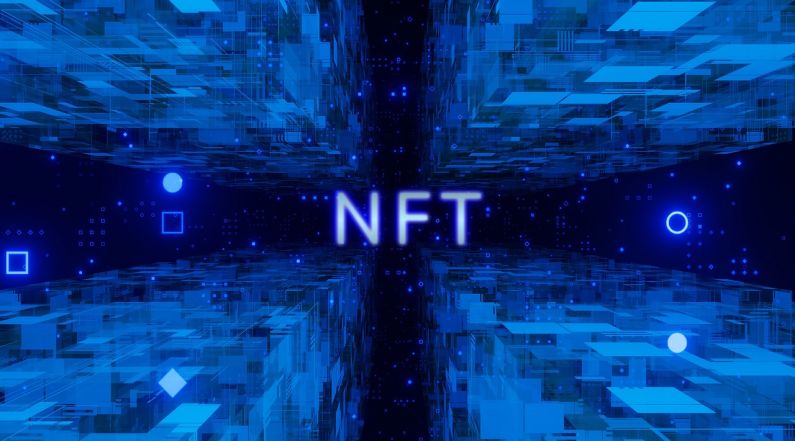Exploring the Use of NFTs in Crypto Collectibles
Non-fungible tokens (NFTs) are digital assets that exist on a blockchain, most commonly Ethereum. Uniquely, each token is one-of-a-kind and cannot be exchanged for another. This makes them perfectly suited for use in crypto collectibles such as digital art, games, and virtual worlds.
What Are NFTs?
NFTs are digital assets that exist on a blockchain and are distinguishable from one another. They are usually built on the ERC-721 token standard and can be used to represent digital art, collectibles, or virtual real estate. The data stored on the blockchain for each token is unique and immutable, meaning it cannot be altered or transferred to another token. This ensures that the ownership and authenticity of the asset is tracked and maintained.
Benefits of NFTs
NFTs offer a range of benefits for crypto collectible platforms. They enable users to own, trade, and collect digital assets in a secure and transparent manner. They also allow the creator of the asset to control the distribution and sales of the asset, as well as to receive royalties for its use. Furthermore, NFTs can be used to create scarcity and increase the value of the asset, making them attractive to investors.
Applications of NFTs in Crypto Collectibles
NFTs can be used in a range of applications, including digital art, virtual worlds, and gaming. For example, NFTs can be used to represent a digital artwork, allowing the artist to control the distribution and sales of the work. Similarly, NFTs can be used to represent virtual real estate or items in a virtual world, enabling users to own and trade these assets. Finally, NFTs can be used to represent collectibles in games, allowing users to collect, trade, and sell these assets.
Challenges of Using NFTs
Despite the benefits of NFTs, there are some challenges that must be addressed when using them in crypto collectible platforms. Firstly, the cost of creating and managing NFTs is relatively high, as transactions on the blockchain incur fees. Secondly, there is a lack of liquidity in the market for NFTs, making it difficult to trade and sell them. Finally, the lack of interoperability between different blockchains means that NFTs cannot be easily transferred between platforms. Overall, NFTs offer great potential for use in crypto collectibles. They enable users to own, trade, and collect digital assets in a secure and transparent manner. However, there are some challenges that must be addressed before NFTs can be widely adopted. Ultimately, the use of NFTs in crypto collectibles is an exciting development that will open up new possibilities for creators and users alike.




